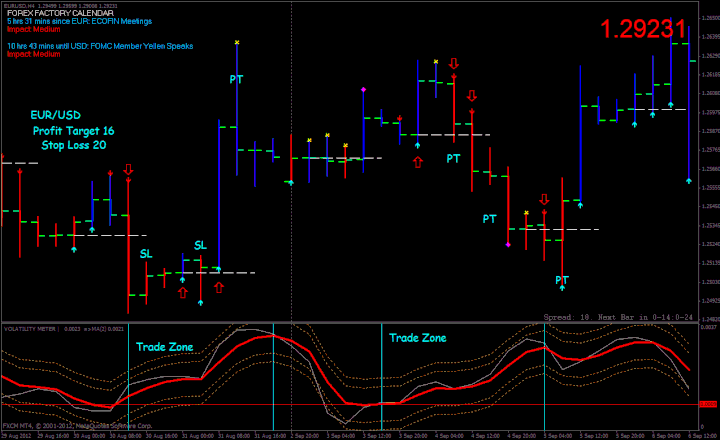Scaling in and out of trades

Scaling in and out of trades is a strategy that doesn’t really get spoken out much but is so incredibly useful. Whilst we spend a lot of time as traders focusing on the best time to get in or out of a trade, we actually spend very little thinking about how we intend to get in or out of the trade and the reality is this can be just as important.
What is scaling in?
Scaling in is quite simply adding units to your original position. So, you are increasing the size of your original position at a new price (as the original price is no longer available). For example, in your original trade you brought 1 lot GBP/USD @ $1.4010. The trade moves in your favor and you have reason to believe that the trade will continue to move in your favor. Therefore, you buy 1 lot @ $1.4030 and so on.
Why do it?
The overriding reason for traders to look at scaling into a trade, is to increase gains on a trade which has already started off well. In other words, to build on the profits which are already showing. There are other reasons as well, although they tend to be less common in forex trading and more relevant to trading equities. For example, trying to hide a large position, which you don’t want others to be aware of, or perhaps to avoid slippage when opening a large trade.
The underlying point is that larger trades will make larger profits, should they move in the direction of your trade. However, if we start off with a large stake before really knowing how the trade will develop we are actually taking on a far bigger risk than if we start with a small stake and go building on it. Therefore, another reason for scaling in could be to keep risk lower at the outset.
What is scaling out?
The reverse of scaling in – it is the closing off of units of the trade in intervals. Rather than your trade hitting a target and being closed out in its entirety. You would go partially closing the trade, giving the remaining position the opportunity to continue advancing into further profits. Additionally, it can be very useful to put a stop in a break even, so even as some of your trade continues to run, you have at least locked in a break-even finish. Essentially this strategy secures some profit, whilst leaving the door open for extended gains.
Which trades?
This is a strategy which should only be applied to profitable trades. When you see a trade in profit you can add to it. If you see the trade go against you, the idea is not to start increasing your trade if it is already proving itself to be wrong. The same applies to scaling out, don’t go hanging on to losing trades on a hope of it turning around. If the trade has proved itself to be a loser, close it out, accept the loss and move on.









